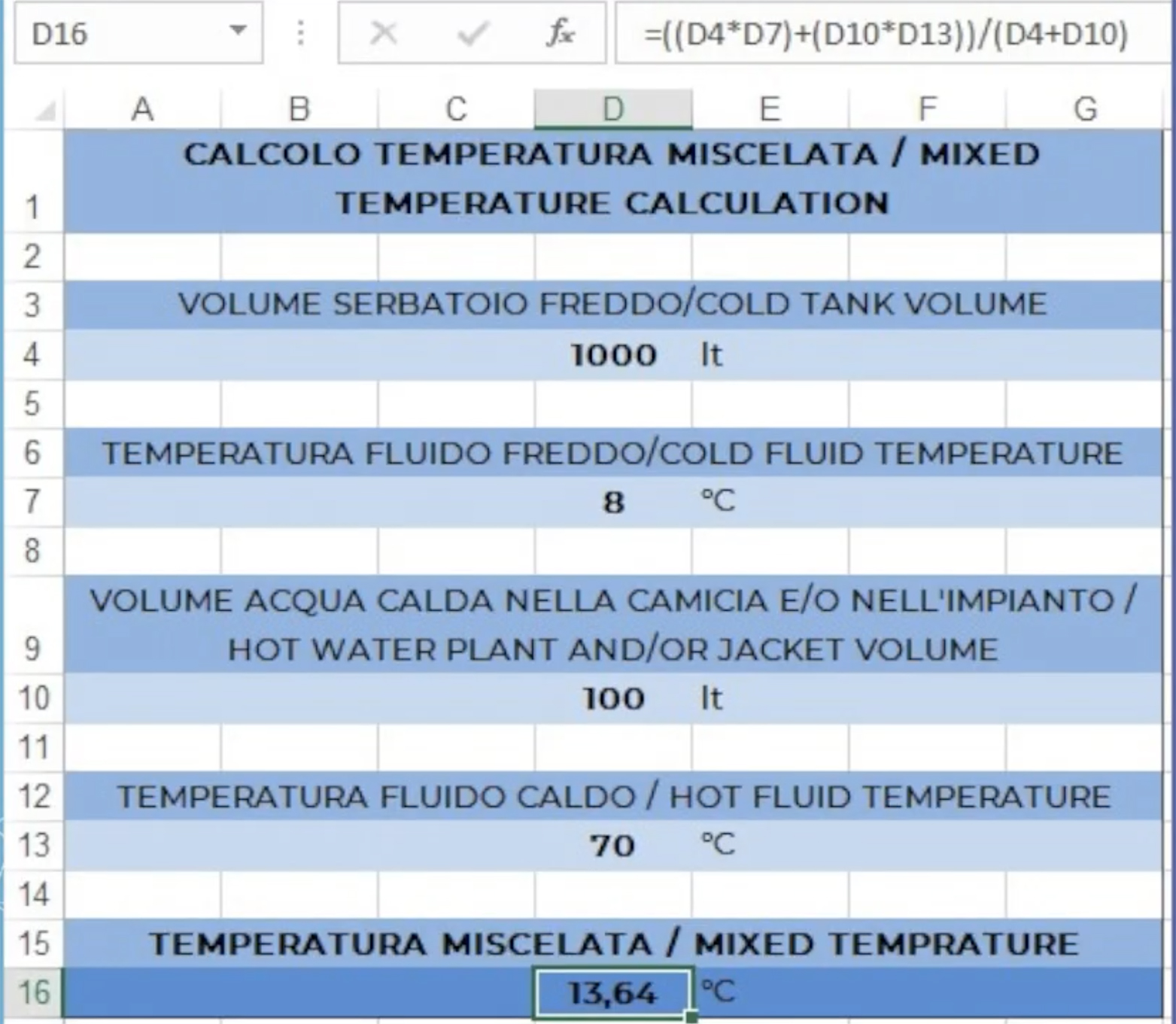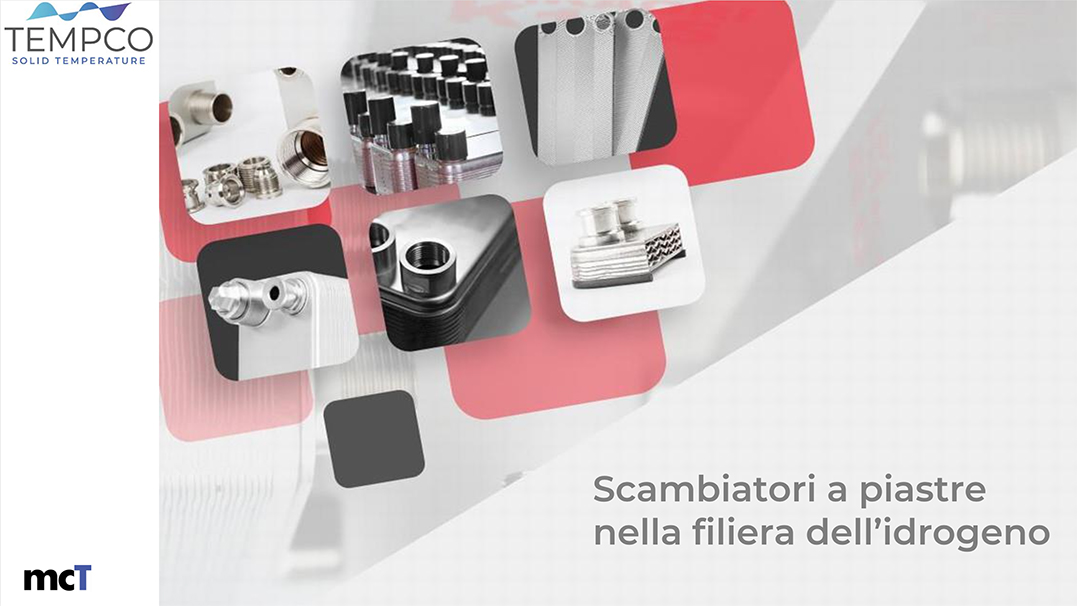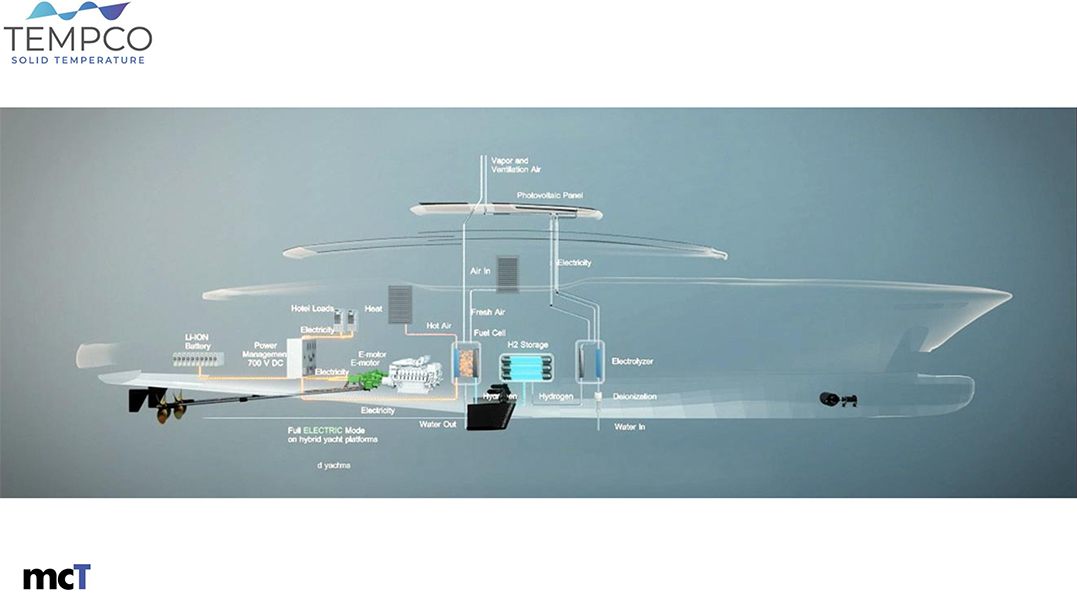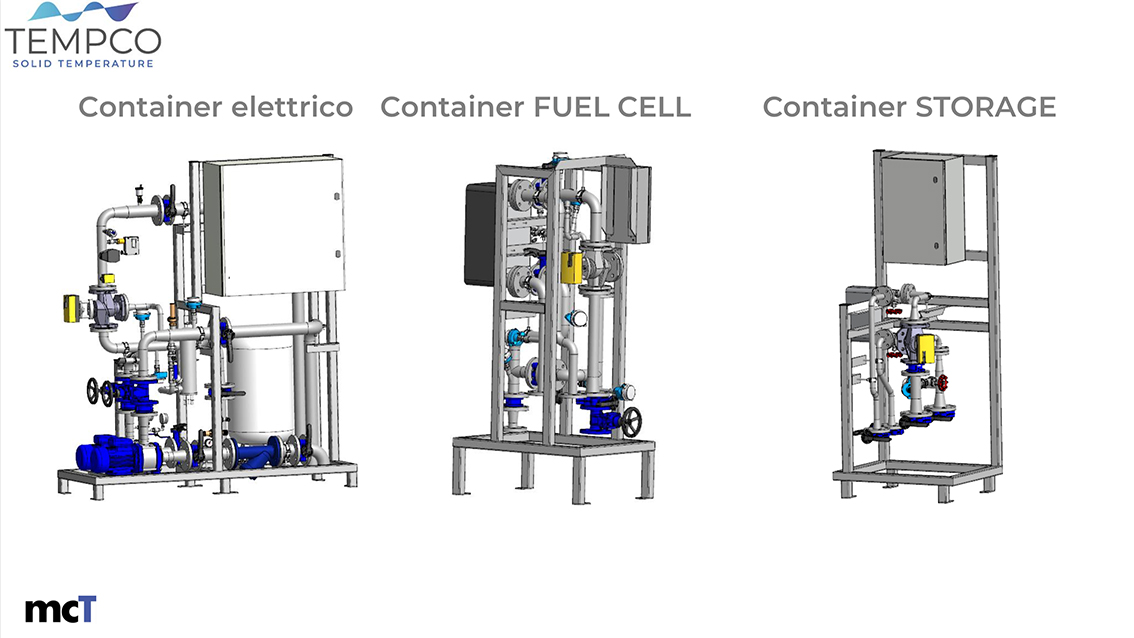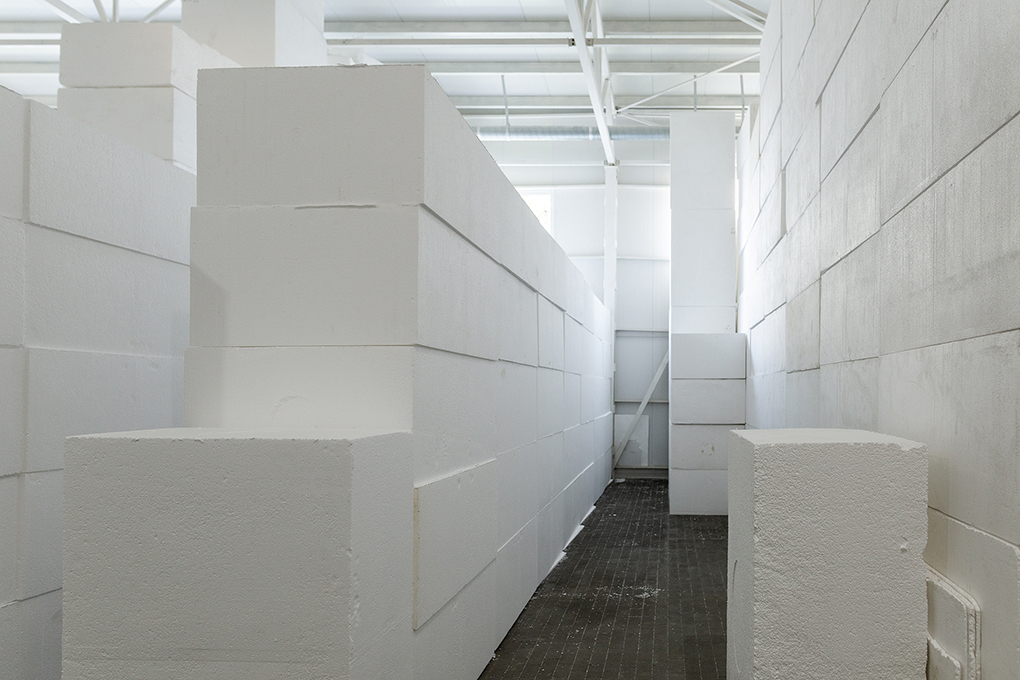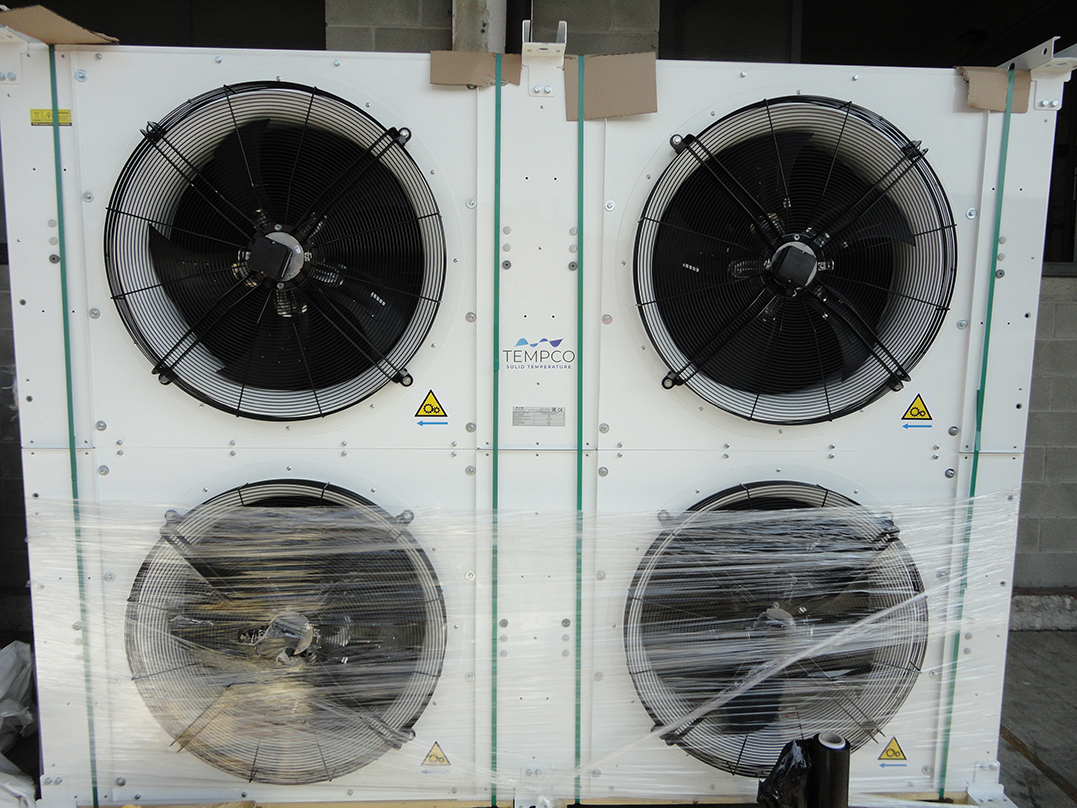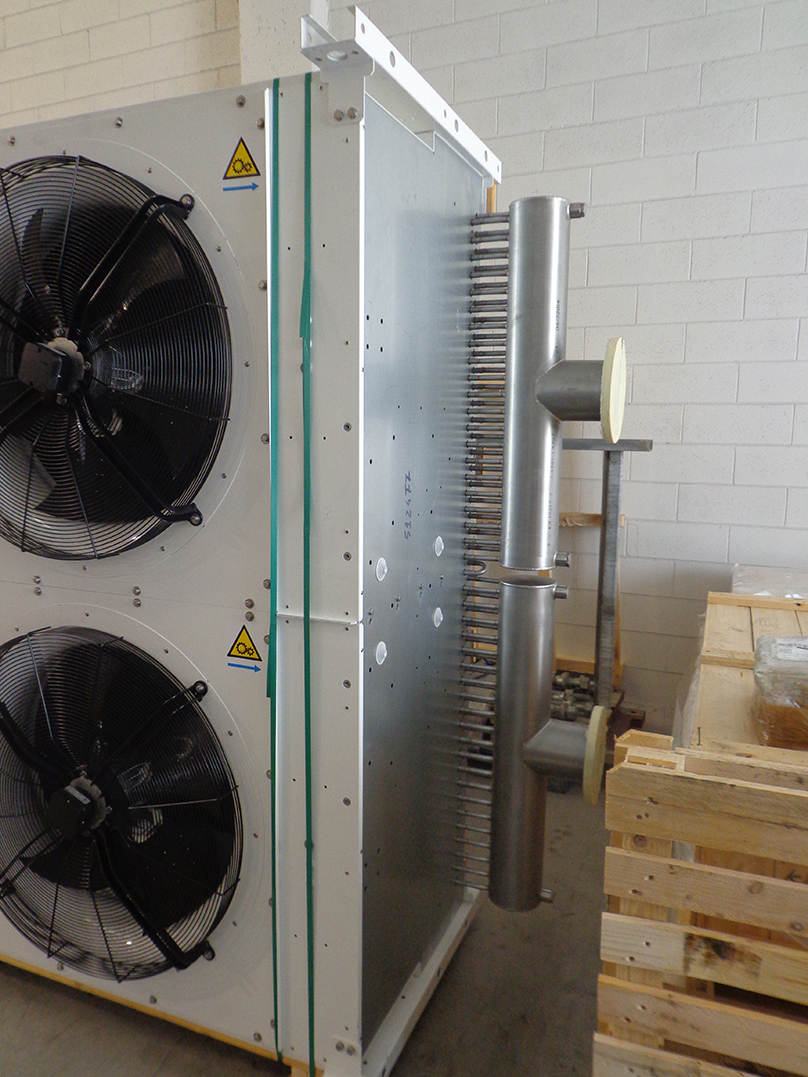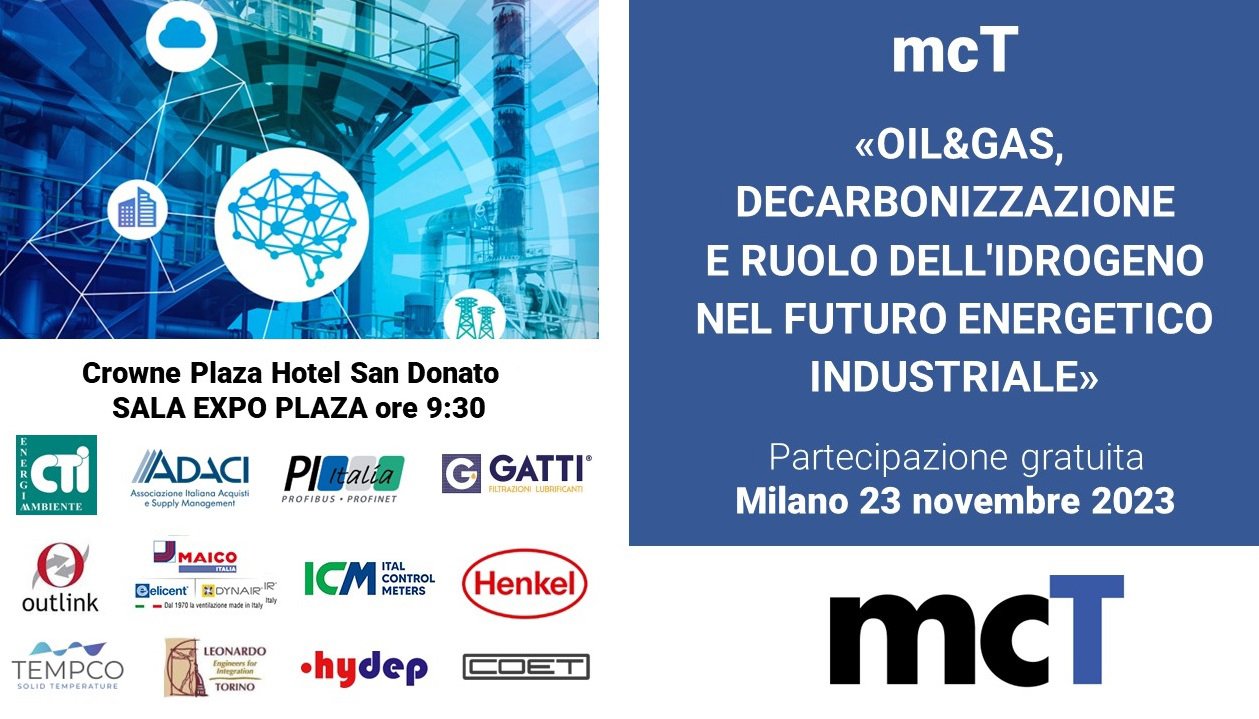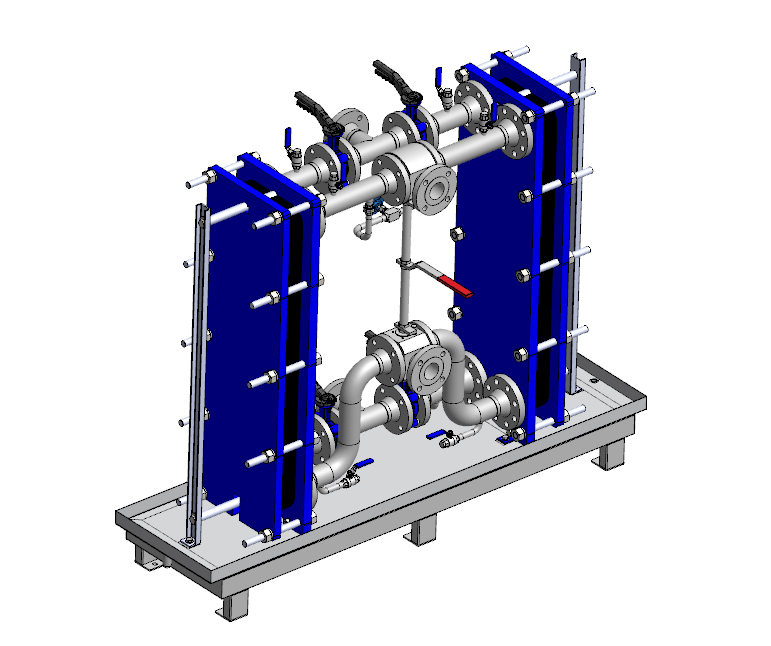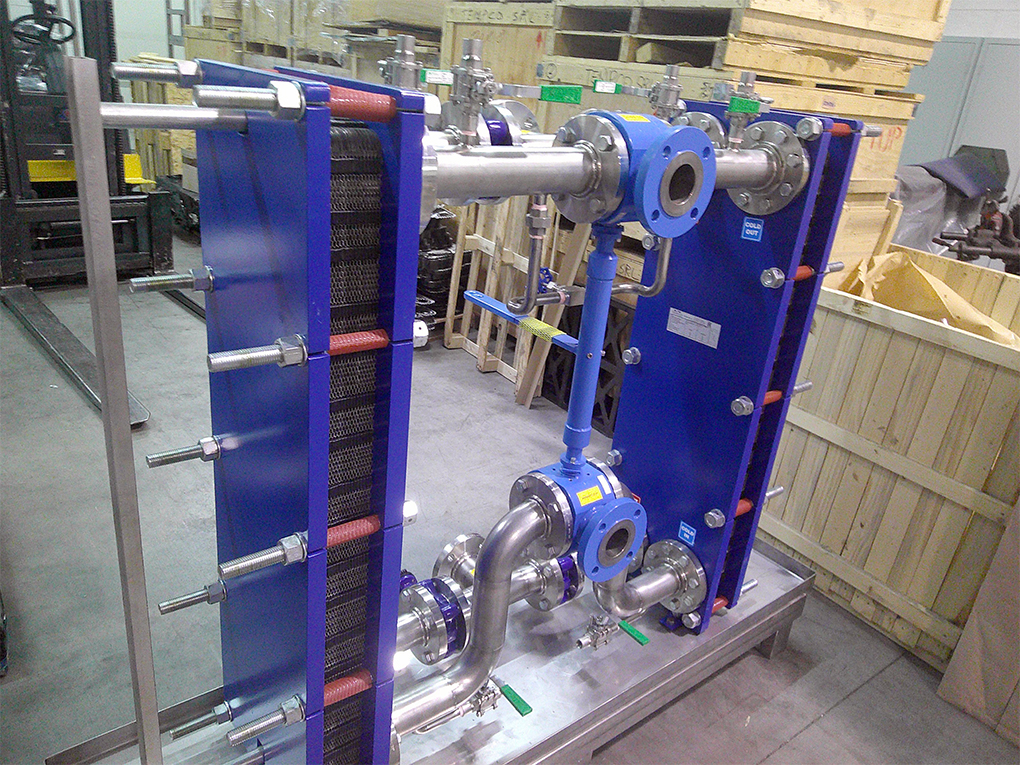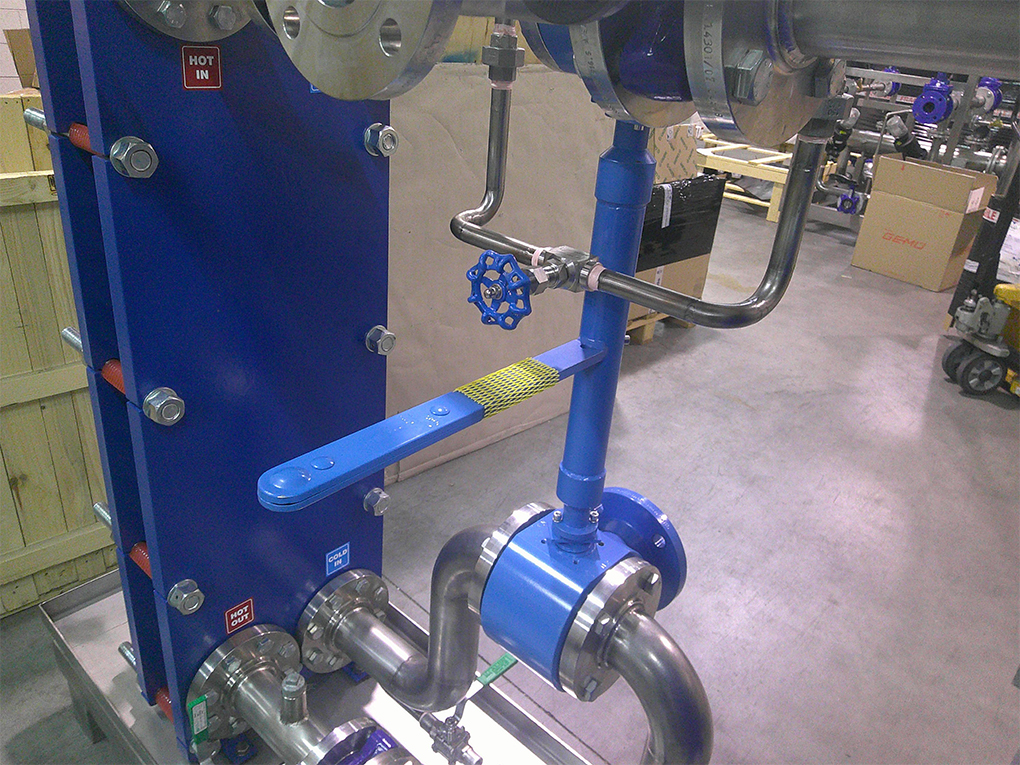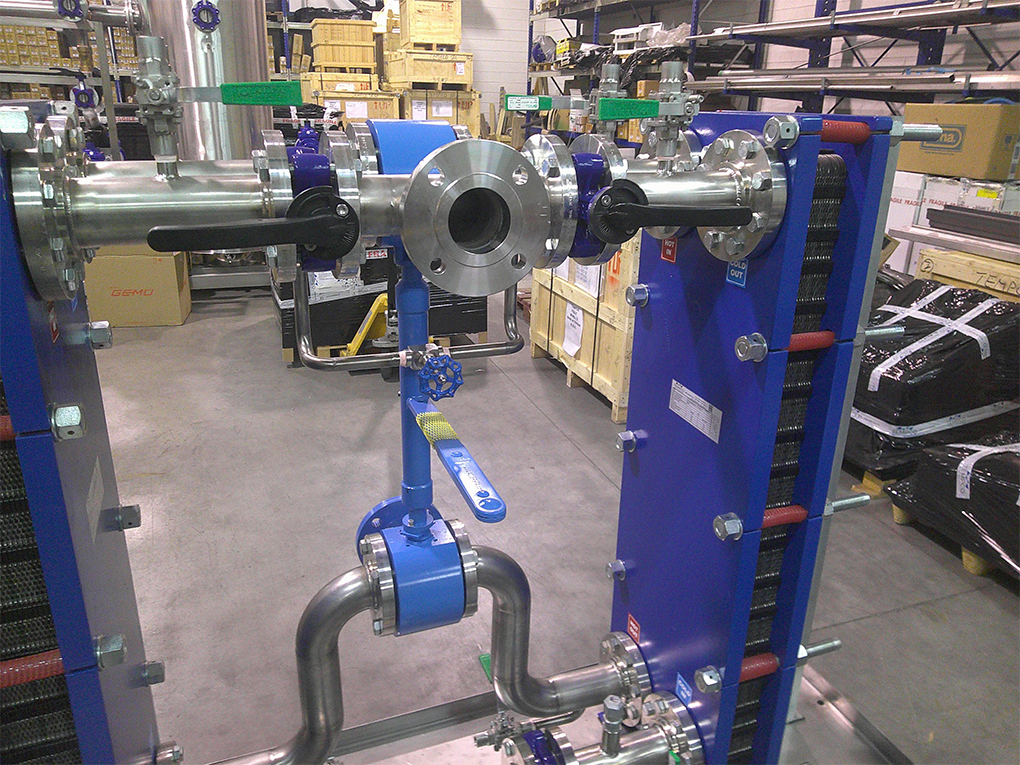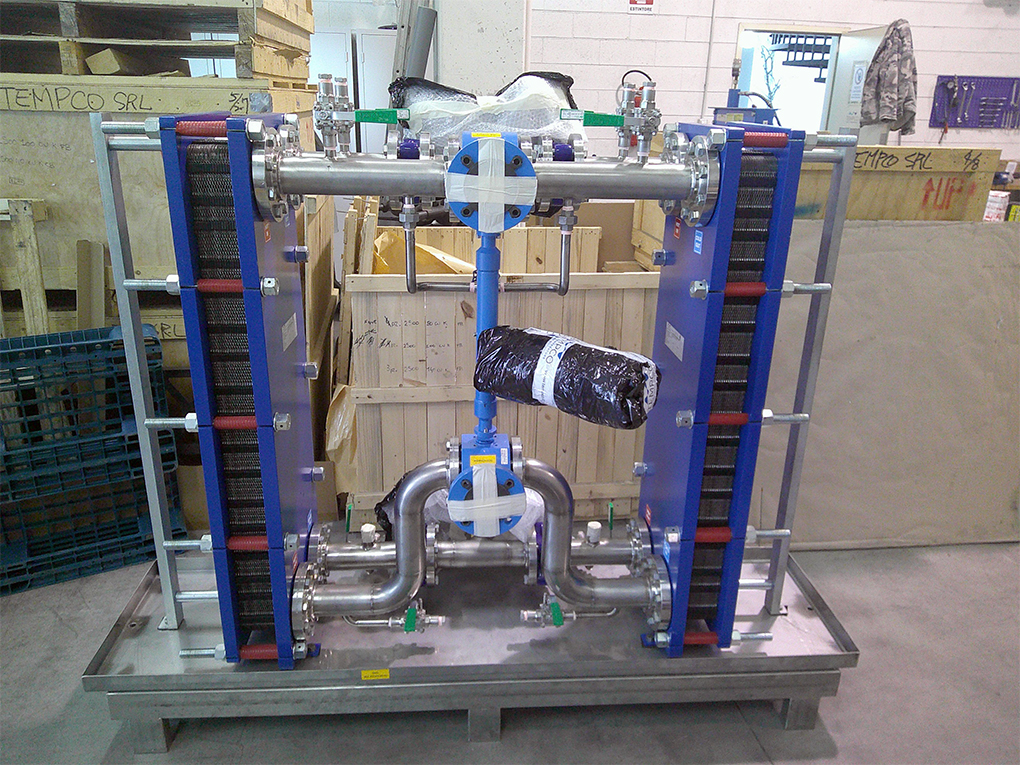Green innovation in thermal energy management and temperature tasks for the process industry require responsibility and imagination. For some years now, Tempco’s commitment to develop industrial thermoregulation solutions has pursued not only the target of achieving maximum energy efficiency, but also to bring sustainability and renewable energy in temperature regulation solutions.
We our therefore quite proud to announce that this path today leads to the birth of Tempco.green, a new space expressly dedicated to thermal energy management solutions with a Green footprint, embracing new technologies to accompany companies within the process industry on a common path towards a future sustainable production. Solid Sustainability is the claim of this new era in Tempco, and the new energy that fuels the solutions that we want to study together with customers to bring sustainability into production processes in all industrial sectors.
A new energy, green solutions and renewables, energy saving and cutting-edge technologies, from the innovative PCHE exchangers for applications in the hydrogen industry and CO2 refrigeration, to the TCOIL immersion exchangers in applications that exploit heat pumps and geothermal energy; from fuel cells to new solutions for green mobility in the automotive and marine sectors. Up to digitalization for an increasingly fine and more intelligent monitoring and optimization of energy consumption in industrial processes.
We invite you to enter and discover the Tempco.green world, to create together the New era of sustainability in the process industry.

